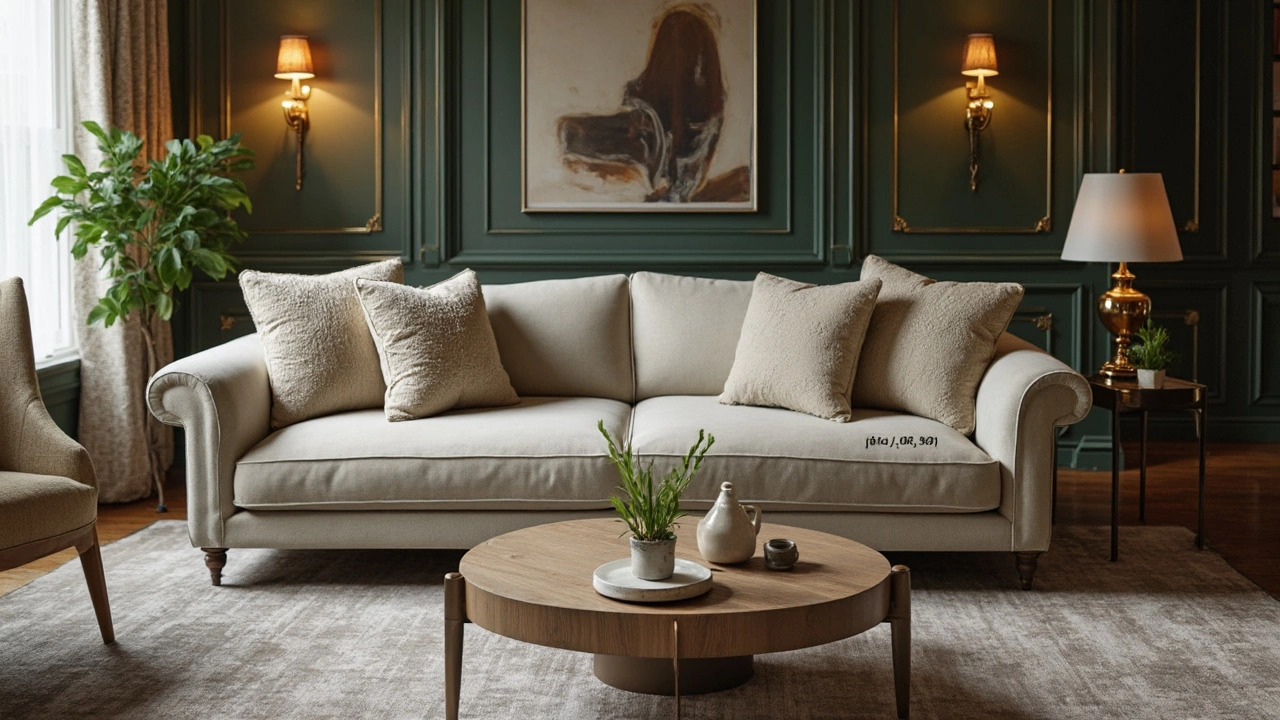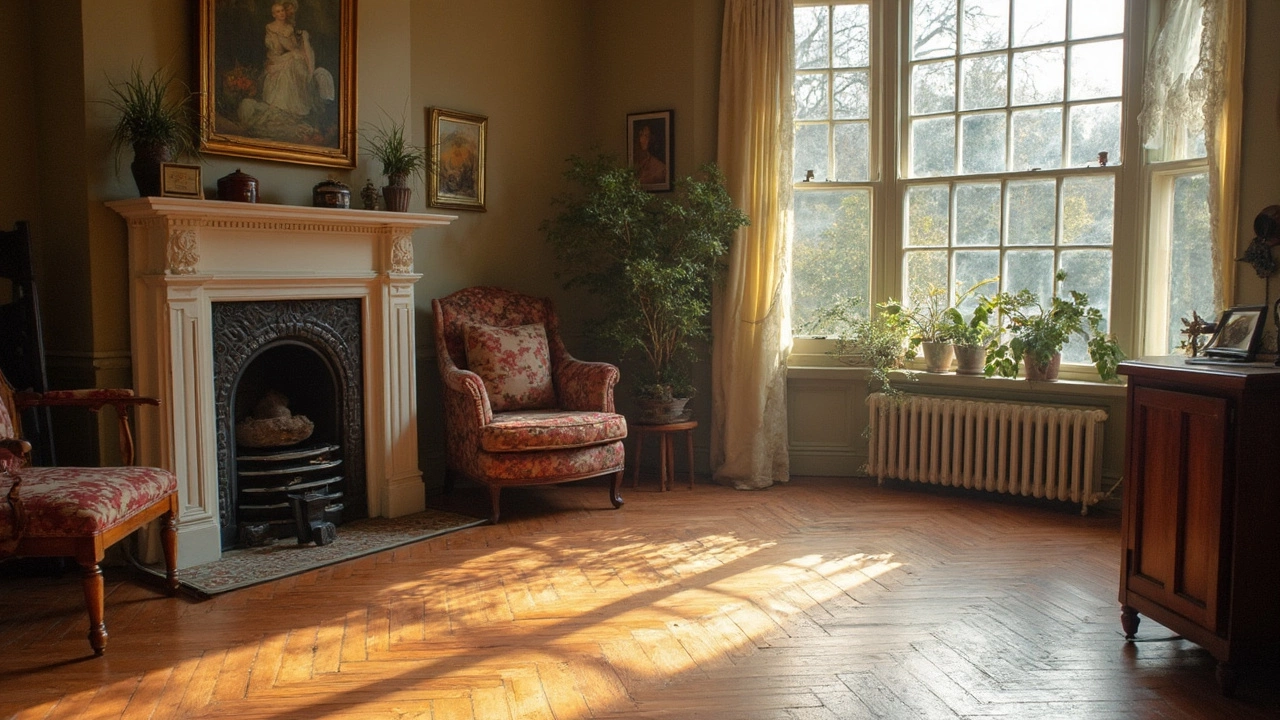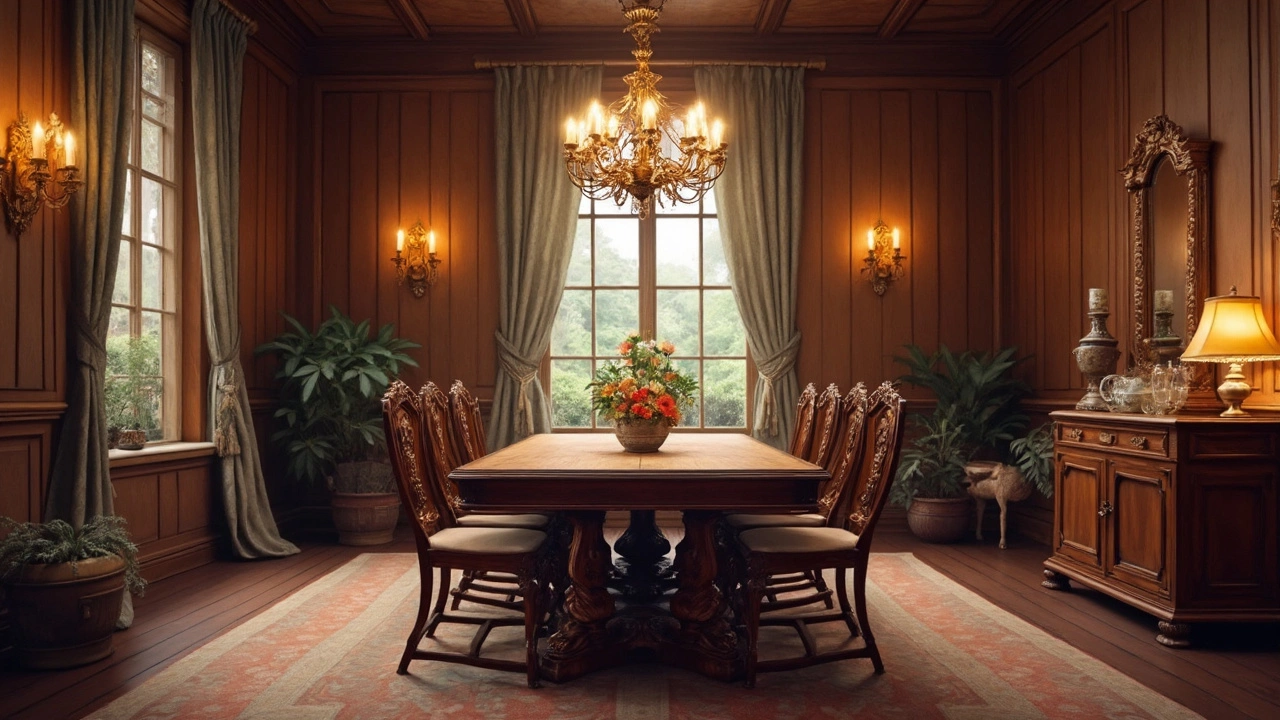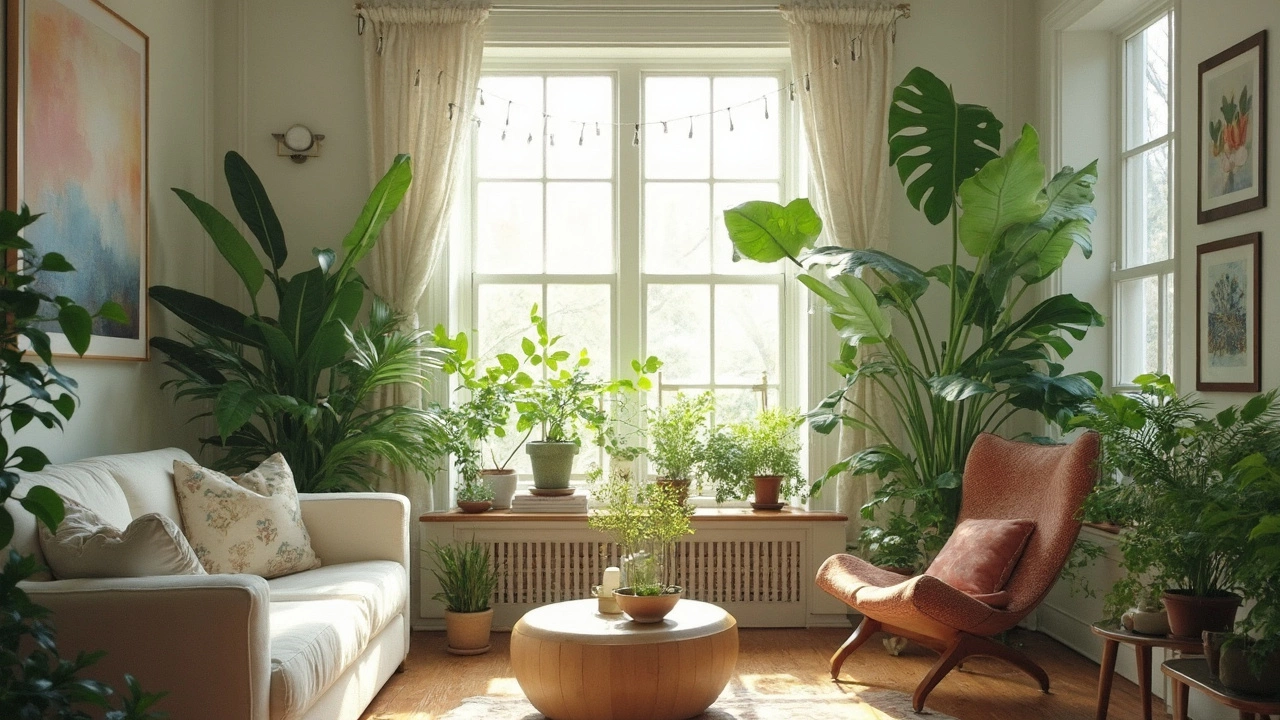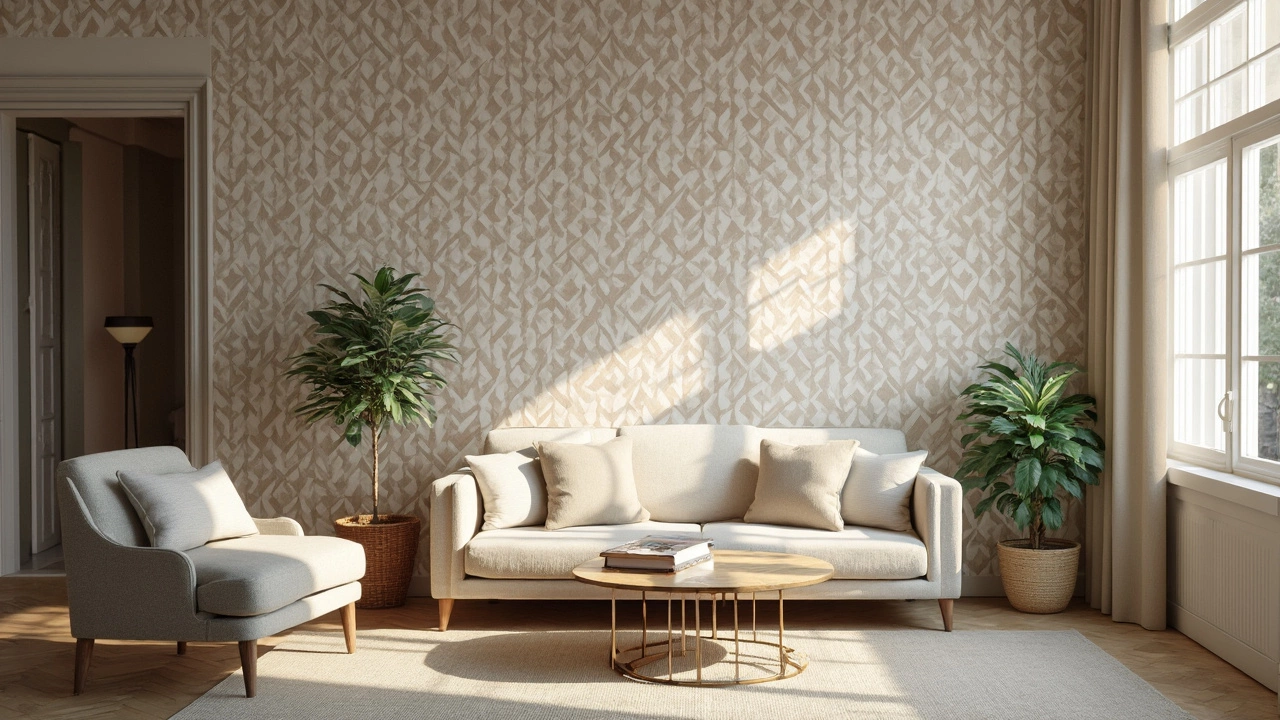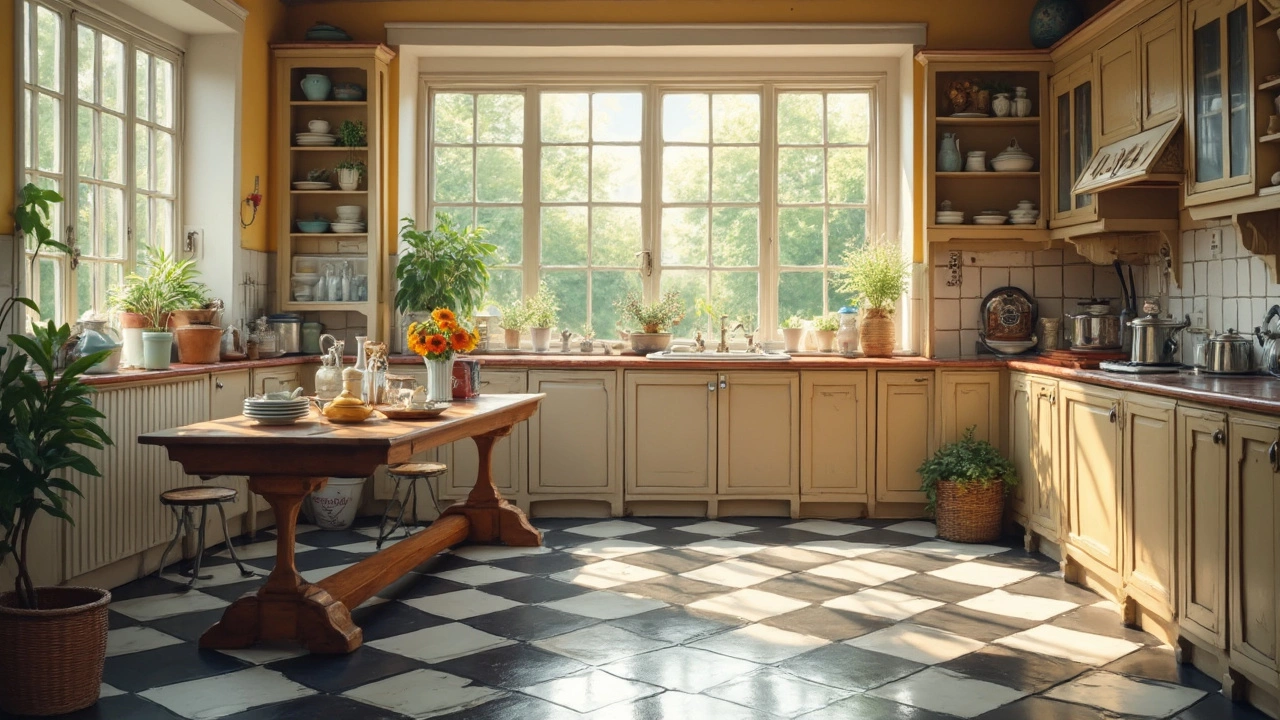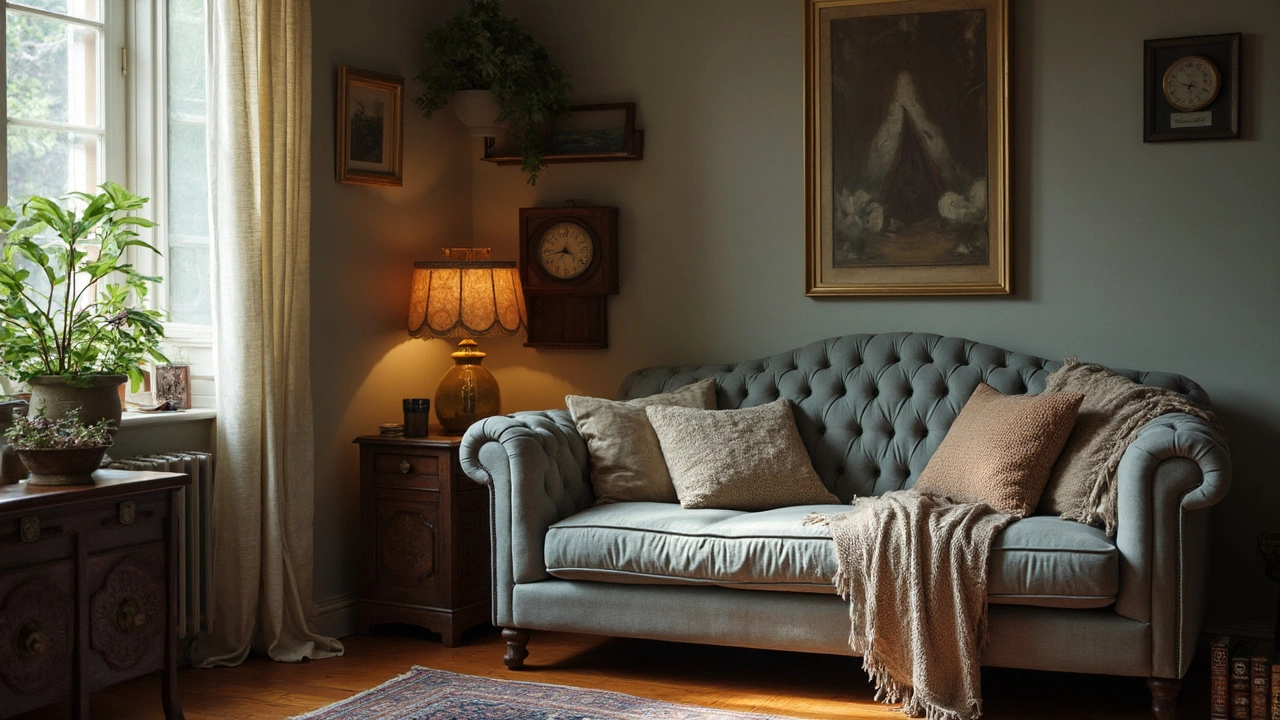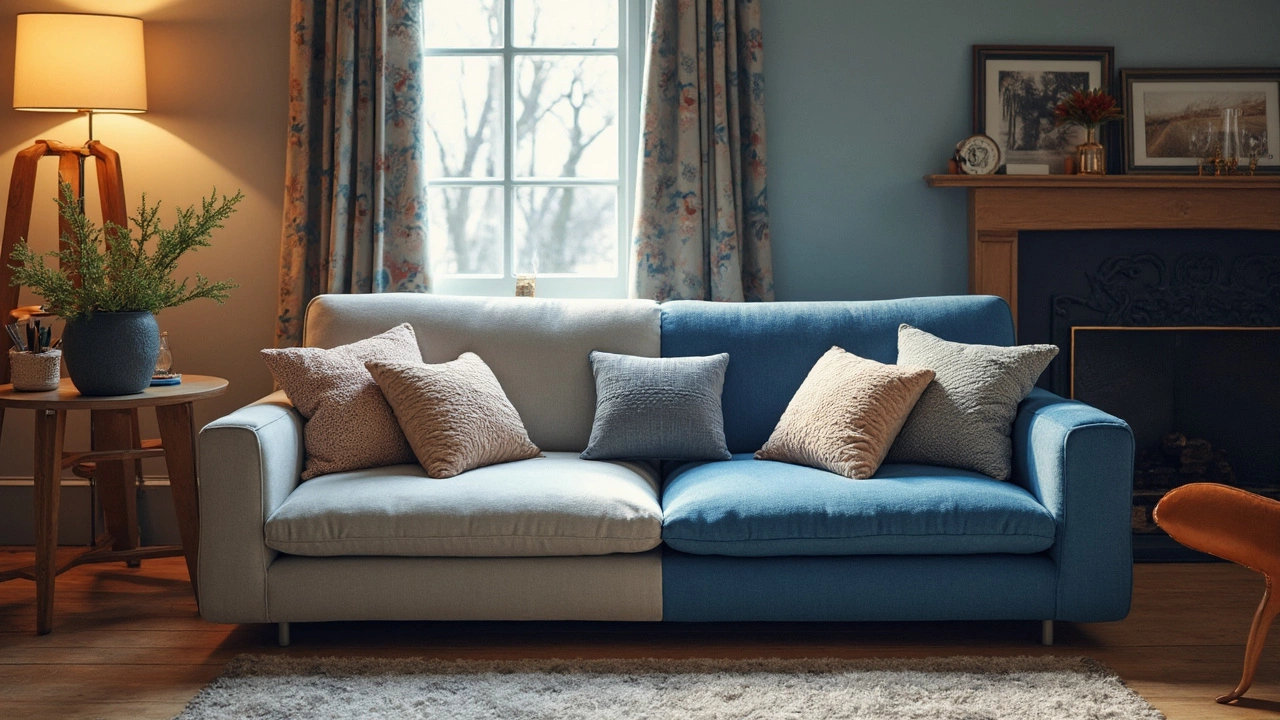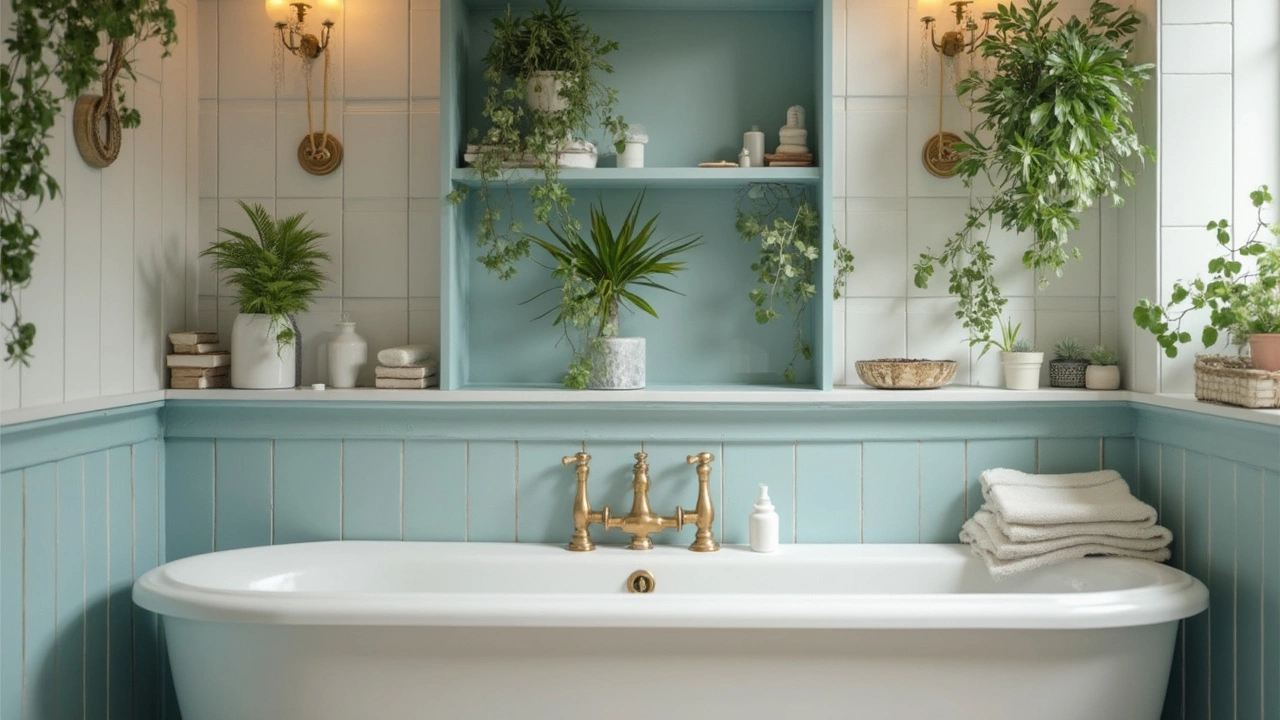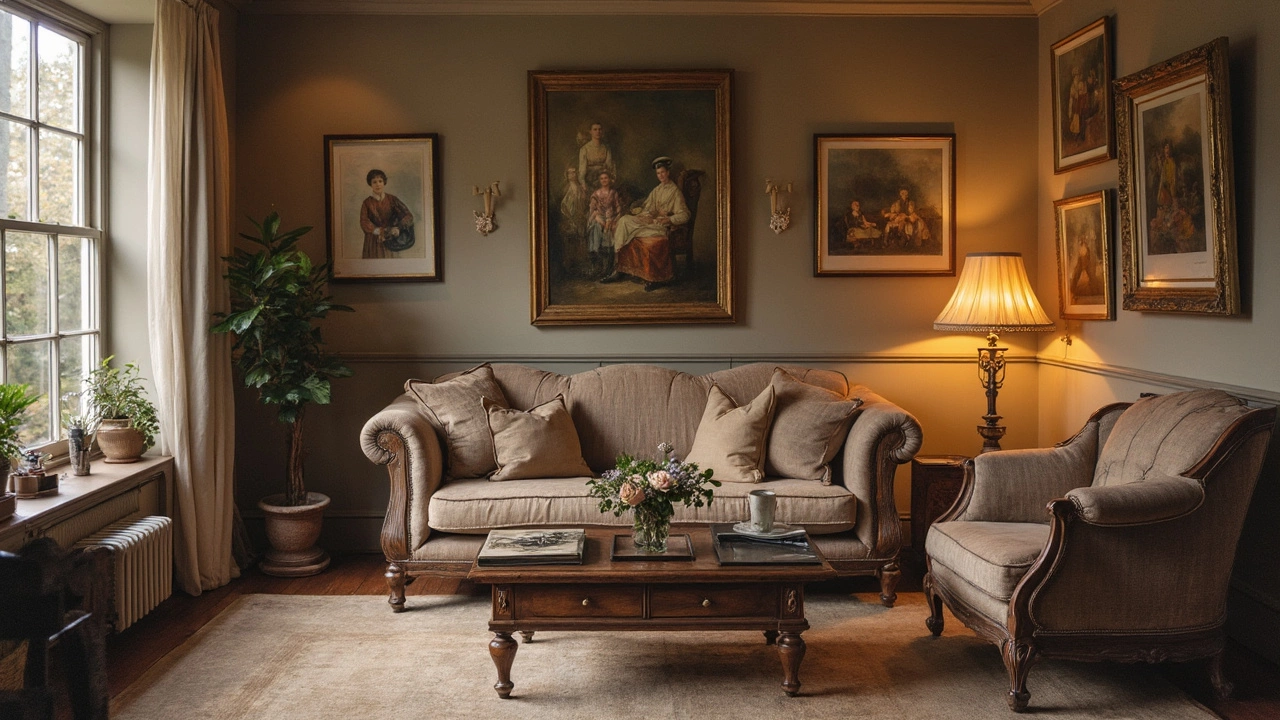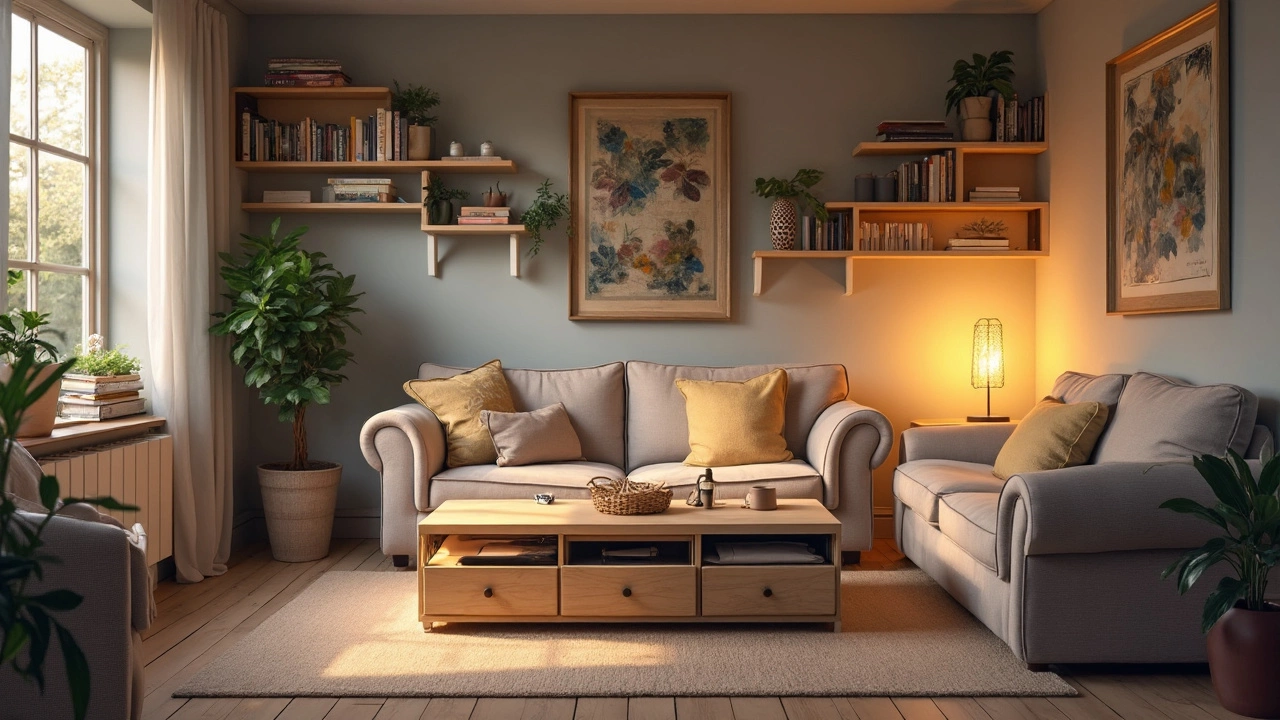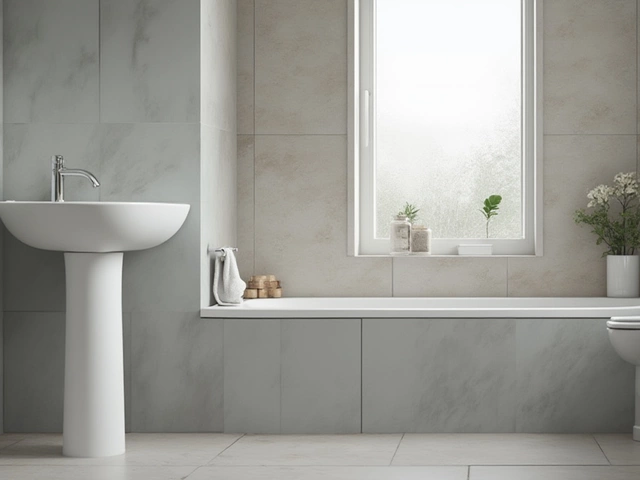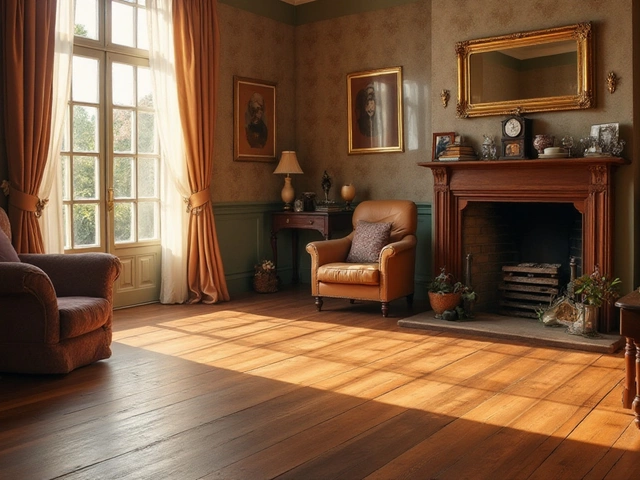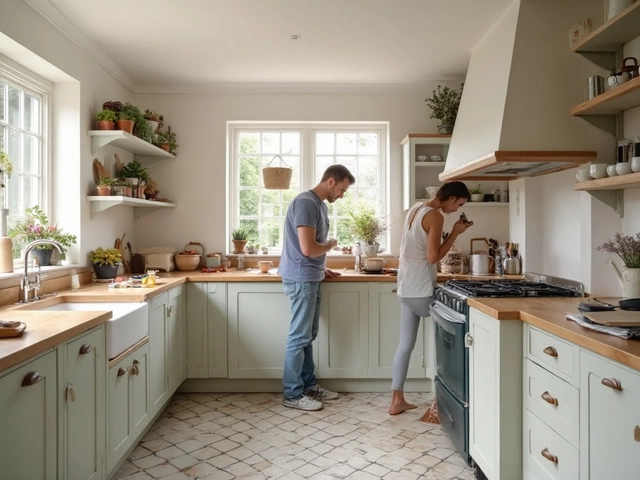February 2025 Home Design Highlights
Welcome to our February roundup. In just one month we covered everything from the perfect foam density for your sofa cushions to clever ways to make a tiny house feel spacious. Below you’ll find quick takeaways you can apply right away, no matter which room you’re tackling.
Comfort & Materials: Cushions, Flooring, and Furniture
Choosing the right foam density can dramatically change how your seat feels. We broke down the differences between 32 kg/m³ and 40 kg/m³ foams, explaining that higher density means longer life and firmer support, while lower density offers a softer, more forgiving feel. Test a cushion by pressing down – if it springs back quickly, you’ve got a good density.
If you live in an older home, the flooring decision is a balancing act between preserving character and meeting modern durability standards. Hardwood, reclaimed parquet, and engineered timber all respect historic aesthetics, while luxury vinyl plank gives you waterproof resilience without sacrificing style. Walk across each option with bare feet; you’ll instantly sense whether it matches the house’s vibe.
When it comes to dining rooms, wood remains the champion. Oak, walnut, and ash each bring a unique grain, but all share durability and timeless appeal. Pair a wooden table with mix‑matched chairs for a relaxed look, or go all‑in with a coordinated set for a formal feel. The key is to choose a finish that lives up to daily use – matte or satin protects against scratches without looking cheap.
Style Hacks: Windows, Walls, and Small Spaces
Need a break from curtains? Try sleek blinds, woven shades, or even decorative window film. Film adds privacy while preserving natural light, and it’s inexpensive to install. For a bold statement, hang a line of indoor plants across the window – they provide privacy, improve air quality, and add a fresh touch.
Wallpaper myths busted: high‑quality, contemporary patterns can boost resale value, while outdated prints may turn buyers away. Stick to neutral bases or subtle textures if you plan to sell soon; add bold accent walls only in secondary rooms where personal taste matters less.
Kitchen floors get the most traffic, so low‑maintenance materials are a must. Porcelain tiles, sheet vinyl, and sealed concrete can be swept and mopped in seconds. Look for a textured surface that hides specks of dirt – you’ll thank yourself after the first spill.
Small‑house living doesn’t have to feel cramped. Maximize floor space with multi‑functional furniture, like a sofa bed with hidden storage or a folding dining table that tucks against the wall. Use vertical shelves to keep items off the floor, and keep décor minimal to avoid visual clutter.
Finally, tech can speed up design decisions. Free apps let you snap a photo of your kitchen and instantly test paint colors, cabinet styles, or countertop finishes. No need for a designer – just a few taps and you’ve visualized a whole new look.
That’s the February low‑down. Pick one tip that resonates, try it out, and watch your home transform step by step. Happy designing!

